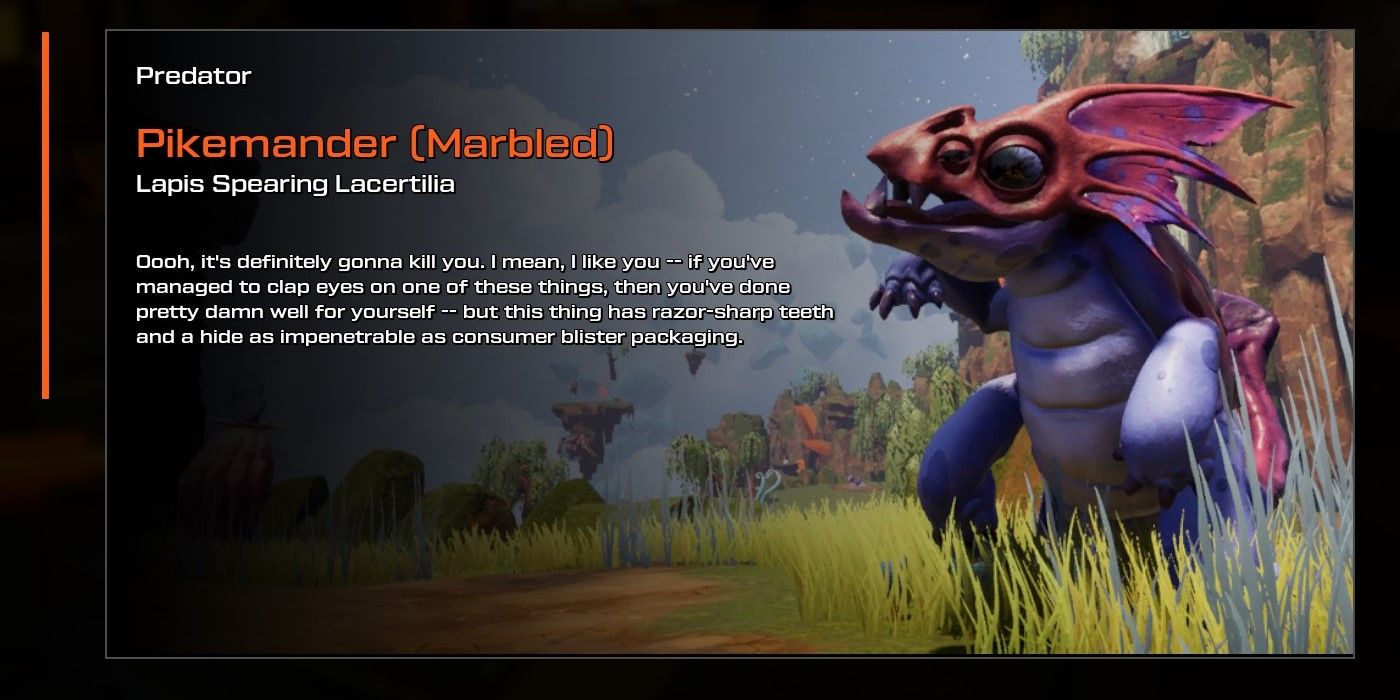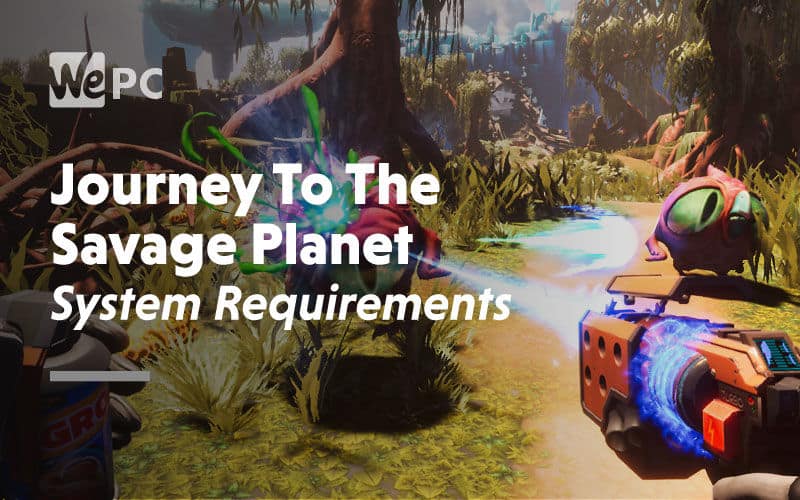

NEOs are thus not necessarily currently near the Earth, but they can potentially approach the Earth relatively closely. Near-Earth objects (NEOs) are by convention technically defined as all small Solar System bodies with orbits around the Sun that lie partly between 0.983 and 1.3 astronomical units (AU Sun–Earth distance) away from the Sun. Plot of orbits of known potentially hazardous asteroids (size over 140 m (460 ft) and passing within 7.6 × 10 ^ 6 km (4.7 × 10 ^ 6 mi) of Earth's orbit) as of early 2013 ( alternate image)

Preliminary plans for commercial asteroid mining have been drafted by private startup companies, either through the use of robots or even by sending private commercial astronauts to act as space miners. A small sample of one NEO was returned to Earth in 2010, and similar missions are in progress.

As of January 2019, five near-Earth comets and five near-Earth asteroids have been visited by spacecraft. NEOs have low surface gravity, and many have Earth-like orbits that make them easy targets for spacecraft. In later years, the survey effort was expanded to include smaller objects which have the potential for large-scale, though not global, damage. The initial US Congress mandate to NASA to catalog at least 90% of NEOs that are at least 1 kilometre (3,300 ft) in diameter, sufficient to cause a global catastrophe, was met by 2011. Since 1998, the United States, the European Union, and other nations are scanning the sky for NEOs in an effort called Spaceguard. Some NEOs have had temporarily positive Torino or Palermo scale ratings after their discovery. Two scales, the simple Torino scale and the more complex Palermo scale, rate the risk presented by an identified NEO based on the probability of it impacting the Earth and on how severe the consequences of such an impact would be. Asteroid impact avoidance by deflection is possible in principle, and methods of mitigation are being researched. Interest in NEOs has increased since the 1980s because of greater awareness of this potential danger. Larger asteroids penetrate the atmosphere to the surface of the Earth, producing craters if they impact a continent or tsunamis if they impact the sea. Asteroids as small as 20 metres (66 ft) in diameter can cause significant damage to the local environment and human populations. It is now widely accepted that collisions in the past have had a significant role in shaping the geological and biological history of the Earth. A number of solar-orbiting meteoroids were large enough to be tracked in space before striking the Earth. There are over 29,000 known near-Earth asteroids (NEAs) and over a hundred known short-period near-Earth comets (NECs). Most known PHOs and NEOs are asteroids, but a small fraction are comets. If a NEO's orbit crosses the Earth's orbit, and the object is larger than 140 meters (460 ft) across, it is considered a potentially hazardous object (PHO). By convention, a Solar System body is a NEO if its closest approach to the Sun ( perihelion) is less than 1.3 astronomical units (AU).

A near-Earth object ( NEO) is any small Solar System body whose orbit brings it into proximity with Earth.


 0 kommentar(er)
0 kommentar(er)
